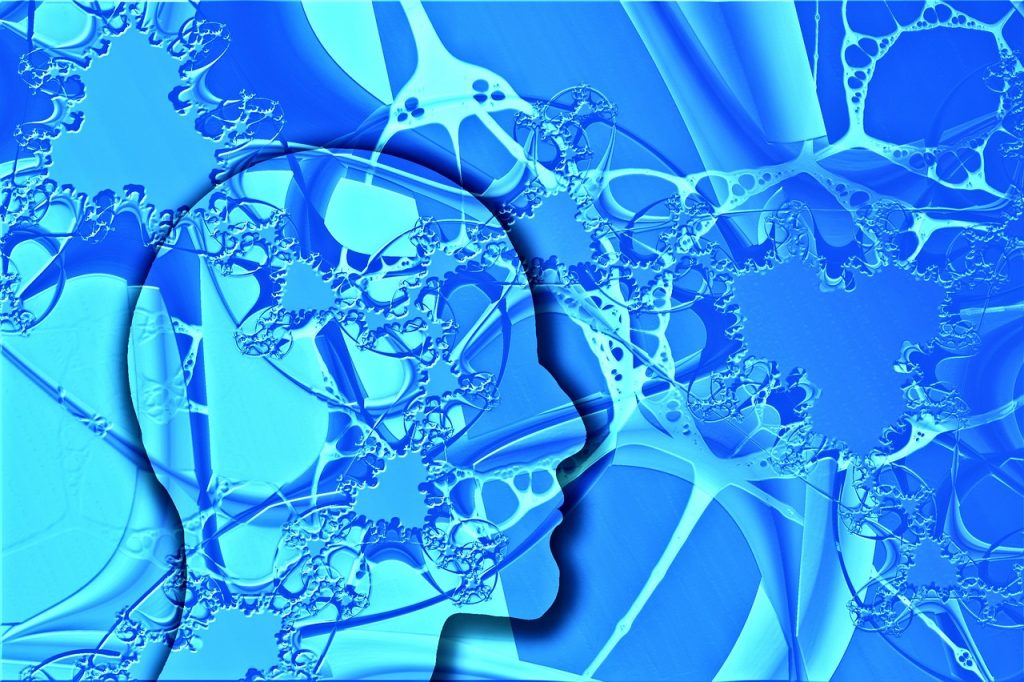Often, “new” science simply confirms the merits of how things have always been done.
Science often reveals new ways of doing things that improve upon the way things have always been done. Consider the computer, which has practically eliminated limitations of geography and time. Tasks which used to require large groups of people, vast amounts of time, and close proximity are now completed in a fraction of the time, regardless of a member’s location.
Yet, the more science advances, the more we realize that the “secrets” to so many things were already intuitively known to us. We just may not be consciously aware of them. Think about nutrition. There is a growing awareness that the more food is processed and removed from its original form, the less capable it is of providing what the body needs. Is it “new science” to use natural foods to maintain a truly healthy diet?
Reading Instruction
The industry that has built up around how to teach reading has been centered on one question: “How can we present reading in a new way so that more students get it?” Publishers, in search of the next new thing, have tried everything from colorful cartoon mascots to novel activities that increase engagement. During this time, however, research has continually shown how the typical child’s language and reading skills develop by building off more foundational phonological skills – intuitively known to us (though not always strong enough to allow fluent reading skills to develop).
From the time a child starts to look at adult mouth movements, to the moment when they write their first well-organized essay, the roadmap for language skills has slowly been pieced together. Is it possible that the science of language and reading is simply leading us back to the way these tasks have been done all along, but with an increased awareness of the process itself?
A Neuro-Developmental Model
Research conducted over the past 20 years sought to answer this question: If the skills necessary for reading fluency can be identified and strengthened in young students who demonstrate warning signs for weak reading skills, can they be prevented from reading failure? The answer was a resounding “Yes,” as over 97% of them dramatically improved their reading skills, and most of them were either reading at or above their grade level by 2nd grade. The same was done for students already struggling to read, again, with dramatic results. Two elements were present in the interventions used in this research:
1) The intervention followed the roadmap of skills revealed by scientific research, from individual language sounds to reading fluency.
2) The intervention used research principles necessary to build skill and function in the brain.
These two general characteristics constitute what we now call a neuro-developmental model.
Characteristics of a Neuro-Developmental Model
Using this roadmap and the principles of skill-building (accomplished via “neuroplasticity”), a neuro-developmental model should include the following specific elements:
1. Students should be able to perceive language sounds before being asked to produce those sounds
2. Begin with spoken language skills before moving to written language skills. This means strengthening foundational skills, like:
· Phonological awareness, or the understanding of what a person sees, feels, and hears when they make language sounds
· Phonological processing, or the ability to identify, manipulate, and reproduce changes in individual sounds within words
3. Instructions should only move from simple skills to more advanced skills as lesser skills are mastered
4. Instruction should be multi-sensory and make use of discovery-based learning strategies in a gradual-release model that fosters student independence
5. All activities are engaged in a way that will efficiently and effectively create and strengthen the necessary neural connections in the brain (neuroplasticity). This means that all activities must be done with the following elements:
· Frequency – The activities must be done often enough to build the skill.
· Intensity – The activities must be done with enough vigor and focus to build the skill.
· Specificity – The activities must target and build the desired skill.
· Duration – The activities must be done over a long enough time span to build the skill.
· Neuro-developmentally – The activities must follow the typical path of how that skill is acquired, as described above.
The key to effective reading instruction for people has been with us all along, and the new science has brought us back around to this realization: People don’t “learn differently” in the sense that they need content presented in different ways. Some people naturally develop certain skills, while others have to be taught those skills explicitly. Either way, the same path must be followed and the principles of skill building, required by all people, must be adhered to.

